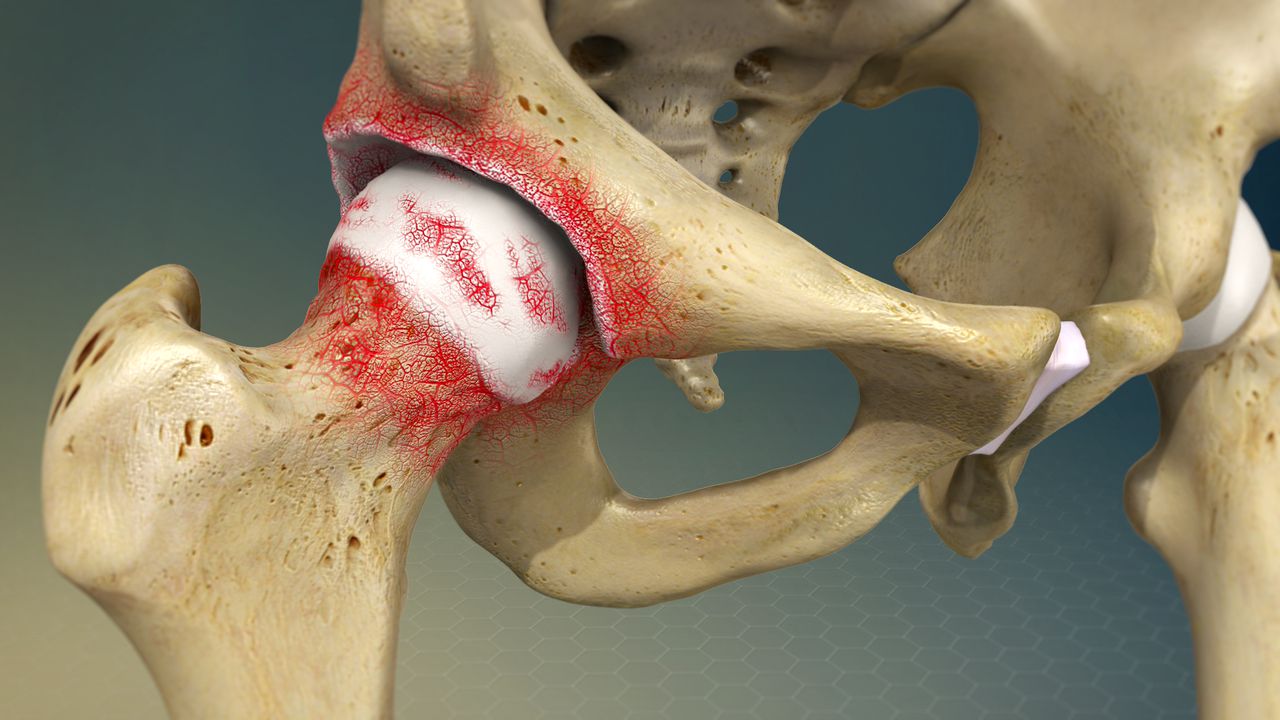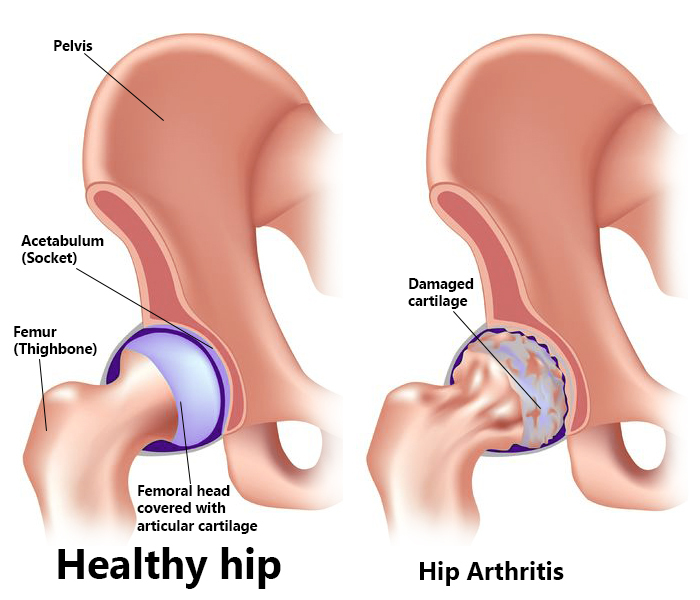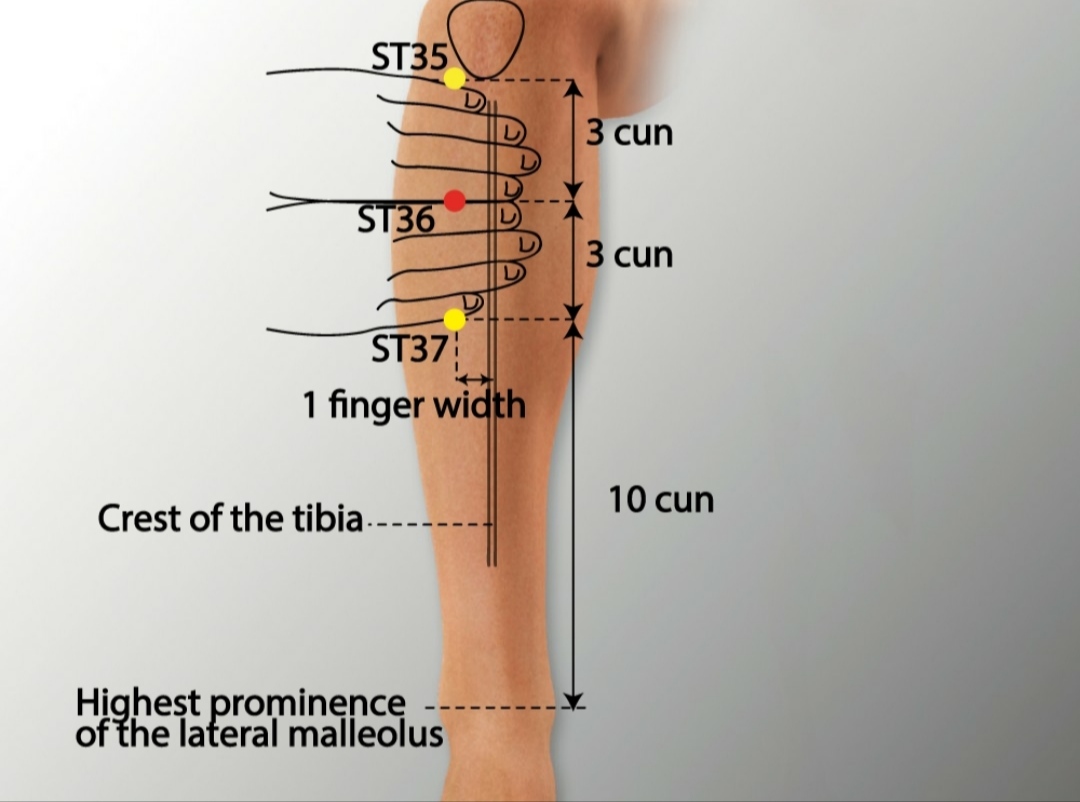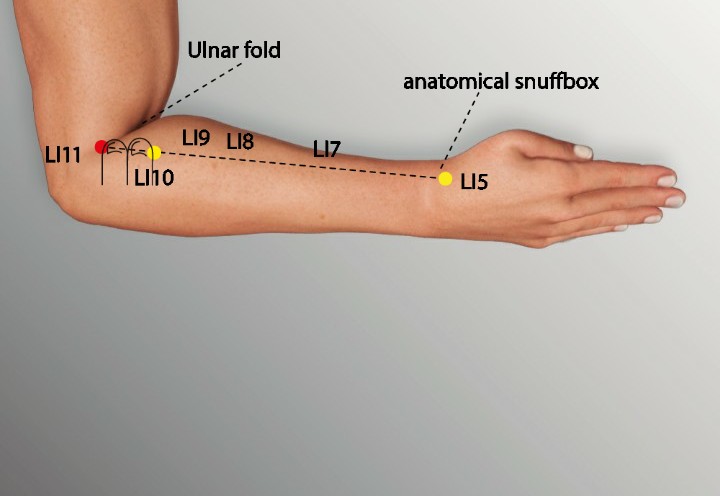Arthritis and Acupuncture: A Comprehensive Guide to Relief
Arthritis is a common condition affecting millions worldwide, causing joint pain, stiffness, and inflammation that can significantly impact quality of life. As conventional treatments like medications and physical therapy sometimes fall short in providing complete relief, many individuals are turning to alternative therapies such as acupuncture. This ancient oriental practice has gained attention for its potential to alleviate arthritis symptoms, offering a holistic approach to pain management and improved joint function.
In this comprehensive guide, we’ll explore arthritis in depth, including its types, causes, and symptoms. We’ll then dive into the effectiveness of acupuncture for arthritis, highlighting key acupoints, scientific evidence, and practical considerations. Whether you’re seeking relief from osteoarthritis, rheumatoid arthritis, or another form of the condition, this article will provide valuable insights into how acupuncture may help.
- Understanding Arthritis: Types, Causes, and Symptoms
- What Is Arthritis?
- Causes of Arthritis
- Symptoms of Arthritis
- What Is Acupuncture?
- How Does Acupuncture Work?
- The Effectiveness of Acupuncture for Arthritis: What Does the Science Say?
- Scientific Evidence for Acupuncture in Arthritis
- Mechanisms of Acupuncture for Arthritis Relief
- Benefits of Acupuncture for Arthritis Patients
- Limitations and Considerations
- Key Acupoints for Arthritis Relief
- General Acupoints for Pain and Inflammation
- Acupoints for Specific Joints
- Acupoint Selection and Treatment Protocols
- Practical Tips for Incorporating Acupuncture into Arthritis Management
- Finding a Qualified Acupuncturist
- Combining Acupuncture with Other Treatments
- What to Expect During Acupuncture
- Safety and Side Effects
- Frequently Asked Questions About Acupuncture for Arthritis
- Conclusion: Is Acupuncture Right for Your Arthritis?
Understanding Arthritis: Types, Causes, and Symptoms
What Is Arthritis?
Arthritis is not a single disease but an umbrella term for over 100 conditions that affect the joints, surrounding tissues, and sometimes other organs. It is characterized by inflammation, pain, and stiffness in one or more joints, often worsening with age or disease progression. The condition can affect people of all ages, though it’s more prevalent among older adults.
Maybe You Need:
The most common types of arthritis include:
- Osteoarthritis (OA): Often called “wear-and-tear” arthritis, OA occurs when the cartilage cushioning the joints breaks down over time, leading to pain, stiffness, and reduced mobility. It commonly affects weight-bearing joints like the knees, hips, and spine.
- Rheumatoid Arthritis (RA): An autoimmune disorder where the immune system attacks the synovium (the lining of the joints), causing inflammation, pain, and potential joint deformity. RA often affects smaller joints, such as those in the hands and feet.
- Psoriatic Arthritis: Associated with the skin condition psoriasis, this type causes joint pain, swelling, and stiffness, often alongside skin symptoms.
- Gout: Caused by the buildup of uric acid crystals in the joints, leading to sudden and severe pain, often in the big toe.
- Ankylosing Spondylitis: A type of arthritis primarily affecting the spine, causing inflammation and stiffness that can lead to reduced flexibility.

Causes of Arthritis
The causes of arthritis vary depending on the type. Key factors include:
- Age and Wear: Osteoarthritis is often linked to aging and repetitive joint stress from activities or injuries.
- Autoimmune Triggers: In rheumatoid arthritis, the immune system mistakenly attacks healthy joint tissues, though the exact trigger is unknown.
- Genetics: A family history of arthritis increases the risk of developing certain types, such as RA or ankylosing spondylitis.
- Lifestyle Factors: Obesity, poor diet, and lack of exercise can exacerbate arthritis, particularly osteoarthritis, by placing extra stress on joints.
- Infections or Injuries: Some forms of arthritis, like reactive arthritis, may be triggered by infections or physical trauma.
Symptoms of Arthritis
While symptoms vary by type, common signs of arthritis include:
- Joint pain or tenderness
- Stiffness, especially in the morning or after periods of inactivity
- Swelling or inflammation around the joints
- Reduced range of motion
- Fatigue, particularly in autoimmune forms like RA
- Warmth or redness in affected areas
These symptoms can range from mild to severe, impacting daily activities like walking, climbing stairs, or even holding objects. Early diagnosis and management are crucial to prevent joint damage and maintain quality of life.

What Is Acupuncture?
Acupuncture is a key component of Traditional Oriental Medicine (TOM) that involves inserting thin, sterile needles into specific points on the body, known as acupoints, to restore balance and promote healing. According to TOM, the body’s vital energy flows through pathways called meridians. Disruptions in this flow can lead to pain and illness, and acupuncture aims to restore harmony by stimulating specific acupoints.
In modern practice, acupuncture is used to address a wide range of conditions, from chronic pain to stress and digestive issues. For arthritis, acupuncture is often sought for its potential to reduce pain, improve joint function, and enhance overall well-being without the side effects of medications.
How Does Acupuncture Work?
From a TOM perspective, acupuncture regulates energy, clears blockages, and balances the body’s yin and yang energies. Western science offers additional explanations, suggesting that acupuncture may:
- Stimulate the Nervous System: Needle insertion activates nerve endings, sending signals to the brain to release pain-relieving chemicals like endorphins.
- Reduce Inflammation: Acupuncture may modulate the immune system and reduce inflammatory markers, which is particularly relevant for autoimmune arthritis like RA.
- Improve Blood Flow: Stimulation of acupoints can enhance circulation, delivering oxygen and nutrients to affected joints.
- Regulate Pain Perception: Acupuncture may alter how the brain processes pain signals, reducing the perception of discomfort.

The Effectiveness of Acupuncture for Arthritis: What Does the Science Say?
Acupuncture has been studied extensively for its role in managing arthritis symptoms, with a growing body of evidence supporting its efficacy. Below, we explore the scientific findings, mechanisms, and practical benefits of acupuncture for arthritis, with a focus on osteoarthritis and rheumatoid arthritis.
Scientific Evidence for Acupuncture in Arthritis
Numerous studies have investigated acupuncture’s effectiveness for arthritis, with promising results:
- Osteoarthritis (OA): A 2018 meta-analysis published in The Journal of Pain reviewed 10 randomized controlled trials and found that acupuncture significantly reduced pain and improved function in patients with knee osteoarthritis compared to sham acupuncture or no treatment. Patients reported sustained benefits for up to 12 weeks post-treatment.
- Rheumatoid Arthritis (RA): A 2019 study in Evidence-Based Complementary and Alternative Medicine showed that acupuncture, when combined with conventional RA treatments, reduced pain and morning stiffness more effectively than medication alone. Acupuncture also lowered levels of inflammatory markers like C-reactive protein (CRP).
- General Pain Relief: The National Institutes of Health (NIH) and the World Health Organization (WHO) recognize acupuncture as an effective treatment for chronic pain, including arthritis-related pain. A landmark 2012 meta-analysis in Archives of Internal Medicine analyzed 29 studies and concluded that acupuncture is effective for chronic pain conditions, including arthritis.
While results vary, many studies suggest that acupuncture provides moderate to significant pain relief, improves joint mobility, and enhances quality of life. It is most effective when used as part of a comprehensive treatment plan, alongside medications, physical therapy, or lifestyle changes.
Mechanisms of Acupuncture for Arthritis Relief
Acupuncture’s benefits for arthritis stem from its multifaceted effects on the body:
- Pain Modulation: By stimulating acupoints, acupuncture triggers the release of endorphins and serotonin, which act as natural painkillers.
- Anti-Inflammatory Effects: Acupuncture may reduce pro-inflammatory cytokines (e.g., TNF-α, IL-6) that drive joint inflammation in RA and other forms of arthritis.
- Improved Circulation: Enhanced blood flow to affected joints delivers nutrients and removes waste products, aiding tissue repair.
- Muscle Relaxation: Acupuncture can relieve muscle tension around joints, reducing stiffness and improving mobility.
- Stress Reduction: Chronic pain often leads to stress and anxiety, which can exacerbate arthritis symptoms. Acupuncture promotes relaxation by activating the parasympathetic nervous system.
Benefits of Acupuncture for Arthritis Patients
- Non-Invasive and Low-Risk: Unlike surgery or long-term medication use, acupuncture has minimal side effects when performed by a qualified practitioner.
- Holistic Approach: Acupuncture addresses not only physical symptoms but also emotional and systemic imbalances, improving overall well-being.
- Customizable Treatment: Acupuncturists tailor sessions to the patient’s specific symptoms, targeting relevant acupoints for maximum relief.
- Complementary to Conventional Treatments: Acupuncture can enhance the effects of medications or physical therapy without interactions.

Limitations and Considerations
While acupuncture is promising, it’s not a cure for arthritis. Key considerations include:
- Variable Response: Not all patients respond equally to acupuncture. Factors like the severity of arthritis, the patient’s overall health, and the skill of the acupuncturist influence outcomes.
- Need for Multiple Sessions: Acupuncture typically requires a series of treatments (e.g., 6–12 sessions) to achieve lasting benefits.
- Cost and Accessibility: Acupuncture may not be covered by all insurance plans, and access to qualified practitioners varies by region.
Patients should consult their healthcare provider before starting acupuncture, especially if they have conditions like bleeding disorders or are pregnant.
Key Acupoints for Arthritis Relief
In acupuncture, specific acupoints are selected based on the type and location of arthritis symptoms. These points are located along meridians and are believed to influence pain, inflammation, and joint function. Below, we detail key acupoints commonly used for arthritis, along with their locations and therapeutic effects.
General Acupoints for Pain and Inflammation
LI4 (Hegu) – Large Intestine 4
- Location: On the hand, in the webbing between the thumb and index finger.
- Benefits: Known as a master point for pain relief, LI4 is used for general pain, inflammation, and stress reduction. It’s particularly effective for arthritis in the upper body, such as the hands or shoulders.
- Application: Often used in combination with other points to enhance overall pain relief.
ST36 (Zusanli) – Stomach 36
- Location: On the lower leg, about four finger-widths below the knee, just outside the shinbone.
- Benefits: A powerful point for boosting energy, reducing inflammation, and improving circulation. It’s commonly used for knee osteoarthritis and general joint pain.
- Application: Stimulated to enhance joint mobility and reduce stiffness.

SP6 (Sanyinjiao) – Spleen 6
- Location: On the inner lower leg, about four finger-widths above the ankle bone.
- Benefits: This point supports overall wellness, reduces inflammation, and alleviates pain in the lower body, including the knees and ankles.
- Application: Often used for autoimmune arthritis like RA to address systemic inflammation.
Acupoints for Specific Joints
Knee Arthritis (Osteoarthritis or RA)
GB34 (Yanglingquan) – Gallbladder 34
- Location: On the outer leg, just below the knee, in a depression in front of and below the head of the fibula.
- Benefits: Known as the “influential point” for tendons and ligaments, GB34 reduces knee pain and stiffness, improving mobility.
EX-LE4 (Xiyan) – Extra Point
- Location: Two points located on either side of the kneecap, in the hollows when the knee is flexed.
- Benefits: Directly targets knee pain and swelling, commonly used for osteoarthritis.
Hand and Wrist Arthritis
LI11 (Quchi) – Large Intestine 11
- Location: At the outer end of the elbow crease when the arm is bent.
- Benefits: Reduces inflammation and pain in the elbow, wrist, and hands, making it ideal for RA or OA in the upper limbs.

TE5 (Waiguan) – Triple Energizer 5
- Location: On the outer forearm, about two finger-widths above the wrist.
- Benefits: Alleviates wrist and hand pain, improving grip strength and reducing stiffness.
Hip Arthritis
GB30 (Huantiao) – Gallbladder 30
- Location: On the outer hip, about one-third of the distance from the top of the hip bone to the base of the buttocks.
- Benefits: Relieves hip pain and stiffness, improving mobility in osteoarthritis or ankylosing spondylitis.
BL40 (Weizhong) – Bladder 40
- Location: In the middle of the crease behind the knee.
- Benefits: Supports lower back and hip function, reducing pain and inflammation.

Acupoint Selection and Treatment Protocols
Acupuncturists select points based on the patient’s symptoms, arthritis type, and affected joints. A typical session involves:
- Assessment: The practitioner evaluates the patient’s medical history, symptoms, and pulse/tongue diagnosis (in TOM).
- Needle Insertion: Sterile, single-use needles are inserted into 4–12 acupoints, depending on the condition. Needles are typically left in place for 15–30 minutes.
- Adjunctive Techniques: Some practitioners use electroacupuncture (mild electrical stimulation), moxibustion (heat therapy), or cupping to enhance effects.
- Frequency: For arthritis, 1–2 sessions per week for 6–12 weeks are common, with maintenance sessions as needed.
Patients may feel a mild tingling or warmth during treatment, which is normal and indicates Energy activation. Always seek a licensed acupuncturist with experience in treating arthritis for optimal results.
Practical Tips for Incorporating Acupuncture into Arthritis Management
Finding a Qualified Acupuncturist
- Credentials: Look for a licensed acupuncturist certified by a recognized body, such as the National Certification Commission for Acupuncture and Oriental Medicine (NCCAOM) in the U.S.
- Experience: Choose a practitioner with expertise in treating arthritis or chronic pain.
- Consultation: Schedule an initial consultation to discuss your symptoms, treatment goals, and any concerns.
Combining Acupuncture with Other Treatments
Acupuncture works best as part of a holistic plan. Consider integrating it with:
- Medications: Nonsteroidal anti-inflammatory drugs (NSAIDs) or disease-modifying antirheumatic drugs (DMARDs) for RA.
- Physical Therapy: Exercises to strengthen muscles and improve joint mobility.
- Diet and Lifestyle: Anti-inflammatory diets (e.g., Mediterranean diet), weight management, and regular low-impact exercise like swimming or yoga.
What to Expect During Acupuncture
- Session Duration: 30–60 minutes, including consultation and treatment.
- Sensation: Mild discomfort or tingling is normal, but acupuncture should not be painful.
- Results: Some patients experience immediate relief, while others require several sessions to notice improvements.
Safety and Side Effects
Acupuncture is generally safe when performed by a trained professional. Minor side effects, such as temporary soreness or bruising at needle sites, are rare. Avoid acupuncture if you have a bleeding disorder, are on blood thinners, or have an infection at the treatment site.

Frequently Asked Questions About Acupuncture for Arthritis
Is Acupuncture Safe for Arthritis?
Yes, when performed by a licensed practitioner, acupuncture is safe and well-tolerated. Always disclose your medical history to avoid complications.
How Many Sessions Are Needed?
Most patients need 6–12 sessions over several weeks to see significant results. Maintenance sessions may be recommended for ongoing relief.
Does Insurance Cover Acupuncture?
Some insurance plans cover acupuncture for chronic pain, including arthritis. Check with your provider for details.
Can Acupuncture Cure Arthritis?
Acupuncture cannot cure arthritis but can significantly reduce symptoms and improve joint function, often complementing other treatments.
Conclusion: Is Acupuncture Right for Your Arthritis?
Acupuncture offers a promising, low-risk option for managing arthritis symptoms, particularly for those seeking alternatives to medications or surgery. With a strong evidence base supporting its effectiveness for pain relief and inflammation reduction, acupuncture can be a valuable addition to a comprehensive arthritis treatment plan. By targeting key acupoints like LI4, ST36, and GB34, acupuncture addresses both localized and systemic symptoms, helping patients regain mobility and improve their quality of life.
If you’re considering acupuncture, consult a licensed practitioner to discuss your specific needs and develop a personalized treatment plan. Combined with lifestyle changes and conventional therapies, acupuncture may provide the relief you’ve been seeking.
Fuji Wellness:
- Address: 132-0031 Matsushima 1-chome, 21-14, Tokyo, Japan
- Chat with us: Click here
- Email: sunnyphamsensei@gmail.com




